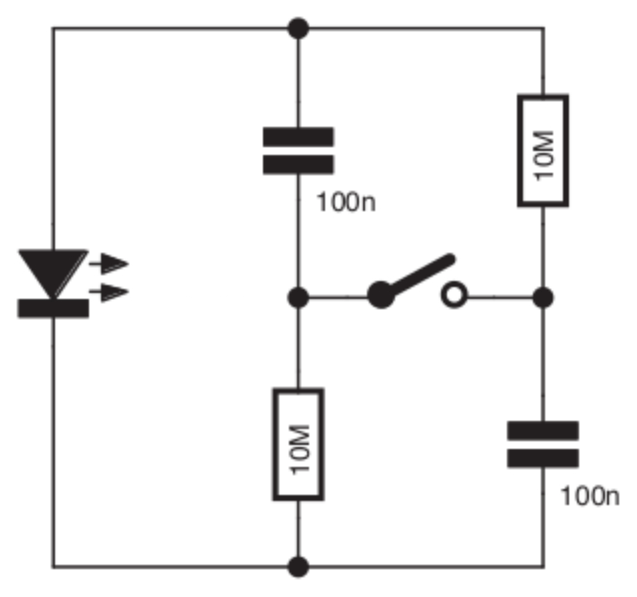Anything with a laser has undeniable hacker appeal, even if the laser’s task is as pedestrian as sending data over a fiber optic cable. [Shahriar] from [The Signal Path] must agree, and you can watch as he tears down and investigates a fiber optic link made from old HP equipment in the video below.
He starts with an investigation of the block diagram of the transmitter. In the transmitter, the indium gallium arsenide phosphide laser diode emits light with a 1310-nanometer wavelength. Thermal characteristics in the transmitter are important, so there is thermal control circuitry. He notes that this system only works using amplitude modulation; phase modulation would require more expensive parts. Then it’s time to look at the receiver’s block diagram. Some optics direct the light signal to a PIN diode, which receives the signal and interfaces with biasing and amplifying circuitry.
Continue reading “Teardown Of HP Optical Link And Signal Investigations Using Siglent Technology”
















